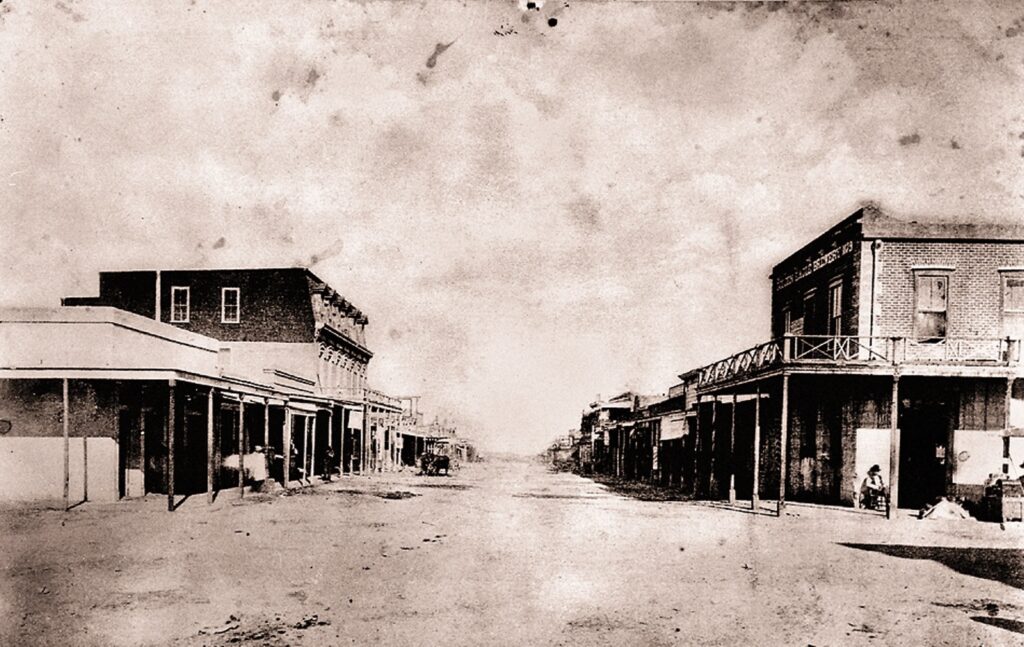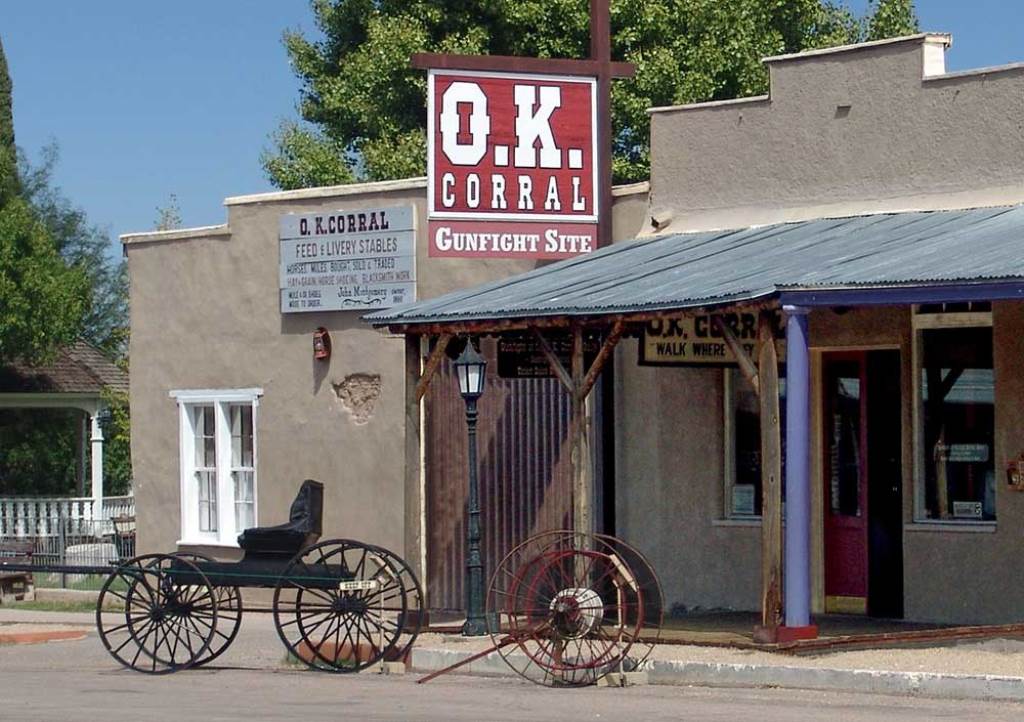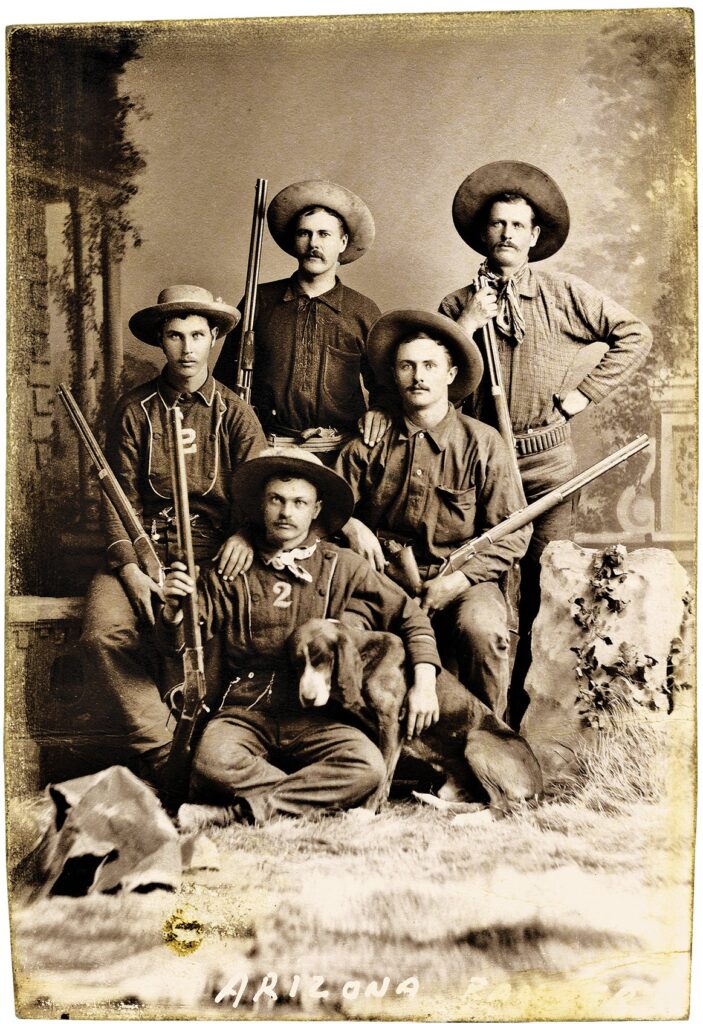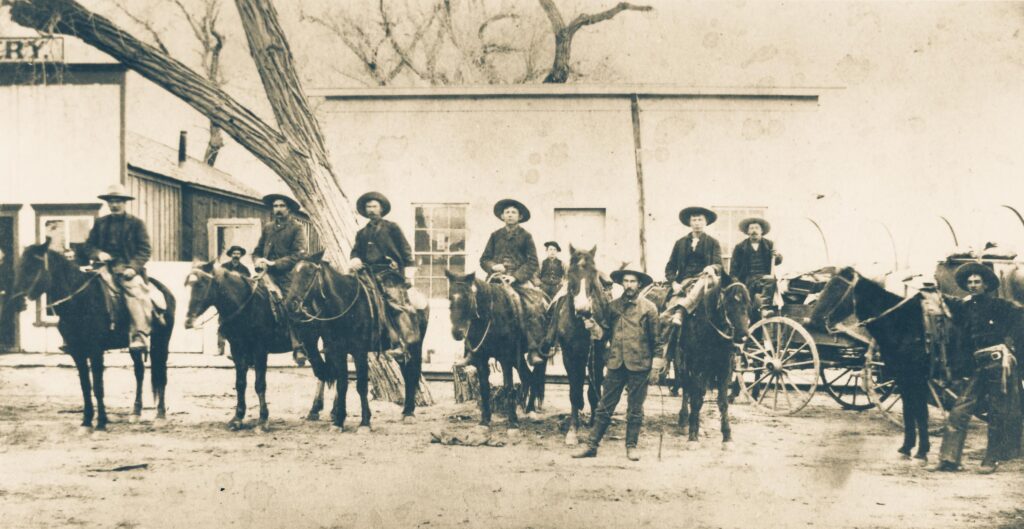We use cookies to help you navigate efficiently and perform certain functions. You will find detailed information about all cookies under each consent category below.
The cookies that are categorized as "Necessary" are stored on your browser as they are essential for enabling the basic functionalities of the site. ...
Necessary cookies are required to enable the basic features of this site, such as providing secure log-in or adjusting your consent preferences. These cookies do not store any personally identifiable data.
Functional cookies help perform certain functionalities like sharing the content of the website on social media platforms, collecting feedback, and other third-party features.
Analytical cookies are used to understand how visitors interact with the website. These cookies help provide information on metrics such as the number of visitors, bounce rate, traffic source, etc.
Performance cookies are used to understand and analyze the key performance indexes of the website which helps in delivering a better user experience for the visitors.
Advertisement cookies are used to provide visitors with customized advertisements based on the pages you visited previously and to analyze the effectiveness of the ad campaigns.

Not only did some of the Wild West’s most famous events happen right here, but countless preserved towns, cities, and sites continue to tell the Old West story.
Before statehood, the Arizona Territory was home to some of the most feared outlaws and respected lawmen who walked the streets—from Bisbee’s Brewery Gulch to Prescott’s Whiskey Row. During its heyday as a tough mining town, the New York Times called Tombstone’s Birdcage Theater, “the wildest, roughest, wickedest honky-tonk between Basin Street and the Barbary Coast,” while the New York Sun once labeled Jerome, another mining town, the “wickedest town in the West.”

Throughout Arizona the state’s Old West history is not just a romantic tale or some forgotten past. It’s a history that’s been preserved in a variety of ways, some more authentic than others, and a legacy that continues to help many cities and towns prosper.
Starting in 1853, the entirety of present-day Arizona was part of the New Mexico Territory.
In 1849, the California Gold Rush led as many as 50,000 miners to travel across the region, leading to a boom in Arizona’s population. In 1850, Arizona and New Mexico formed the New Mexico Territory.
In 1853, President Franklin Pierce sent James Gadsden to Mexico City to negotiate with Santa Anna, and the United States bought the remaining southern strip area of Arizona and New Mexico in the Gadsden Purchase. A treaty was signed in Mexico in December 1853, and then, with modifications, approved by the US Senate in June 1854, setting the southern boundary of Arizona and of New Mexico.
Before 1846 the Apache raiders expelled most Mexican ranchers. One result was that large herds of wild cattle roamed southeastern Arizona. By 1850, the herds were gone, killed by Apaches, American sportsmen, contract hunting for the towns of Fronteras and Santa Cruz, and roundups to sell to hungry Mexican War soldiers, and forty-niners en route to California.

Arizona’s “wild west” reputation was well deserved. Tombstone was a notorious mining town that flourished longer than most, from 1877 to 1929.[34] Silver was discovered in 1877, and by 1881 the town had a population of over 10,000. Western story tellers and Hollywood film makers made as much money in Tombstone as anyone, thanks to the arrival of Wyatt Earp and his brothers in 1879.[35] They bought shares in the Vizina mine, water rights, and gambling concessions, but Virgil, Morgan and Wyatt were soon appointed as federal and local marshals. They killed three outlaws in the Gunfight at the O.K. Corral, the most famous gunfight of the Old West.[36]
In the aftermath, Virgil Earp was maimed in an ambush and Morgan Earp was assassinated while playing billiards. Walter Noble Burns’ novel Tombstone (1927) made Earp famous. Hollywood celebrated Earp’s Tombstone days with John Ford’s My Darling Clementine (1946), John Sturges’ Gunfight at the O.K. Corral (1957) and Hour of the Gun (1967), Frank Perry’s Doc (1971), George Cosmatos’ Tombstone (1993), and Lawrence Kasdan’s Wyatt Earp (1994). They solidified Earp’s modern reputation as the Old West’s deadliest gunman.

In 1901, the Arizona Rangers were created to rid the Arizona Territory of outlaws and corruption. At the time, the Territory was very dangerous. The United States Congress had denied the Governor’s application for Arizona to become a State in part because there was no law and order. The Rangers were well-trained, well-equipped, and very effective at apprehending even the most dangerous of outlaws, evolving into one of the finest law enforcement agencies in the country.[citation needed] Modeled after the Texas Rangers, the Arizona Rangers were tasked with hunting down and arresting outlaws in the Territory, especially along the Mexican border. By 1908, most of the outlaws had been arrested, killed, or had fled into Mexico. The Rangers were disbanded for political reasons in 1909. Shortly afterward, Arizona became the 48th state.

The Pleasant Valley War, sometimes called the Tonto Basin Feud, or Tonto Basin War, or Tewksbury-Graham Feud, was a range war fought in Pleasant Valley, Arizona in the years 1882–1892. The conflict involved two feuding families, the Grahams and the Tewksburys. The Grahams were ranchers, while the Tewksburys, who were part Native American, started their operations as cattle ranchers before branching out to sheep.
Pleasant Valley is located in Gila County, Arizona, but many of the events related to this feud took place in neighboring Apache and Navajo counties. Other neighborhood Arizona parts, such as Holbrook and Globe, were the setting of its bloodiest battles. Although the feud was originally fought between the Tewksburys and the Grahams against the well-established cattleman James Stinson, it soon involved other cattlemen associations, sheepmen, hired guns, cowboys and Arizona lawmen. The feud lasted for about a decade, with its most deadly incidents between 1886 and 1887; the last-known killing took place in 1892.
The Pleasant Valley War had the highest number of fatalities of such range conflicts in United States history, with an estimated total of 35 to 50 deaths, and the near annihilation of the males of the two feuding families. The Pleasant Valley War gave Arizona Territory a reputation for not being ready for statehood, which would not occur until 1912. Years after its end, many books and articles were written about the feud.